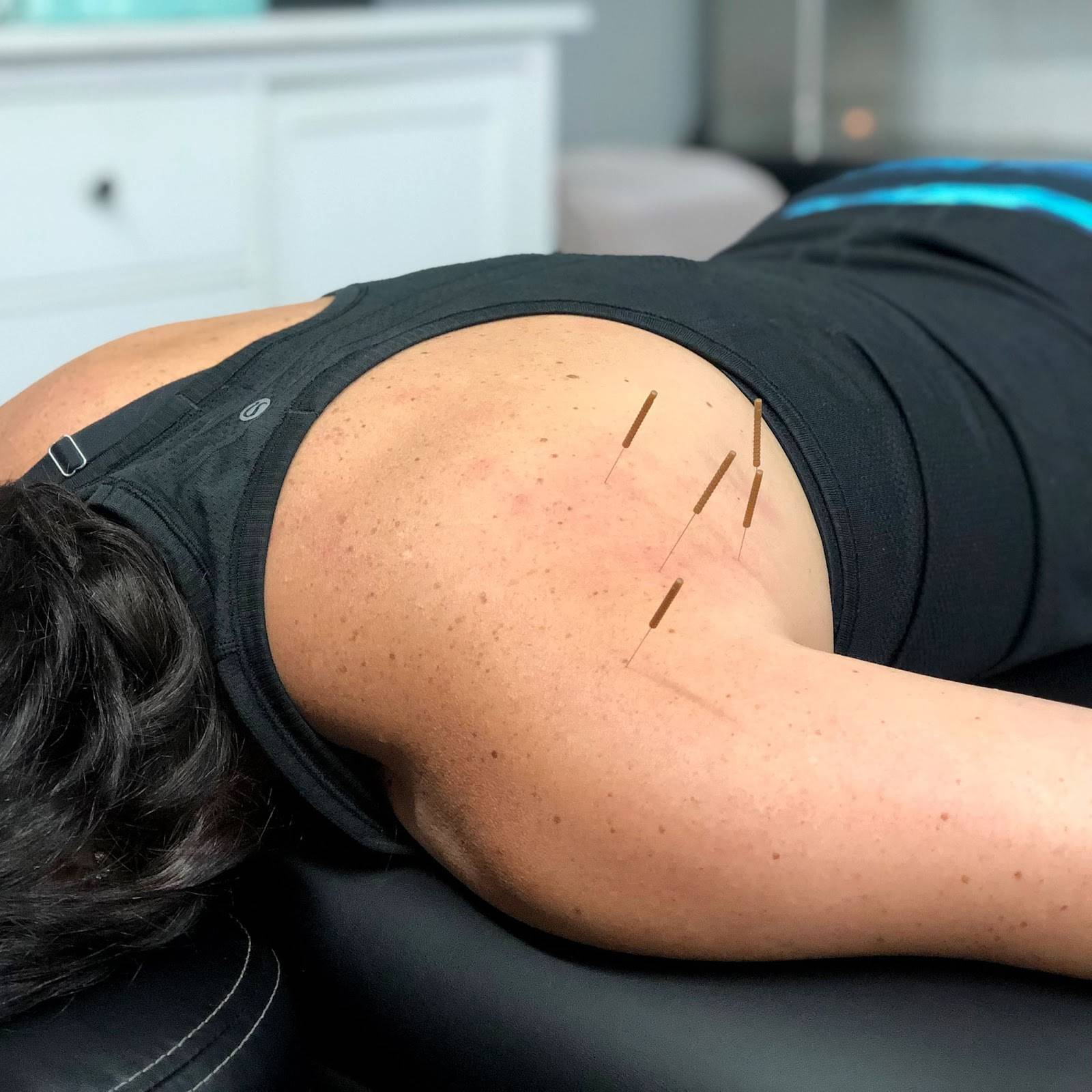Can Dry Needling Cause More Pain?
Dry needling is a pain-relieving technique that helps reduce muscle stiffness and tension. Additionally, it may increase joint range of motion and correct movement dysfunction. A therapist inserts thin, sterile microfilament needles into myofascial trigger points that cause you pain. Once inserted, these needles produce a local twitch response (LTR) that relaxes knotted muscle tissue and leads to decreased pain referral patterns.
1. The needles aren’t painful
If you’re fearful about having needles inserted into your body, there are ways to prepare and make the most out of your treatment. Communicating any concerns with your physical therapist beforehand will help ease your mind and ensure you get the most from your session.
At your appointment, a medical assistant will take your vitals and sterilize the area to be treated before inserting needles into your muscles. They’ll then use a light-weight, small needle to stimulate any trigger points on your body. This triggers a natural healing process that restores normal blood supply to the muscle, flushing away acidic buildup and relieving tension in your muscle. Furthermore, the prick sensation fires nerve fibers in your brain which signal it to release endorphins — your body’s own pain-relieving drug.
2. The needles don’t hurt
Dry needling is an effective treatment for muscular-skeletal conditions that don’t respond to traditional pain management therapies, such as muscle spasms and nerve pain. Additionally, the technique can be employed for retraining dysfunctional muscles. Myofascial trigger points, or hard knots in muscles and connective tissue that can cause sensitivity and pain when treated, work by targeting these hard knots. Once treated, they relax and blood flow improves to the area so more oxygen and nutrient delivery can reach the muscle tissue.
Physical therapists are skilled in locating trigger points on your body and treating them by inserting needles. This can be beneficial for a variety of conditions such as neck and back pain, shoulder discomfort, chronic headaches, fibromyalgia and tendinitis.
3. The needles aren’t painful
Dry needling is a type of therapy that uses needles to target trigger points in the body that cause pain. This form of therapy has some similarities to acupuncture, but follows a different philosophy.
Acupuncture works by stimulating the flow of energy (qi or chi) throughout the body by inserting needles into non-anatomical pathways known as meridians. This can help ease tension and restore a person’s natural balance of qi and energy.
Dry needling differs from acupuncture in that it doesn’t use strong stimulation. Instead, the therapist must rely on their understanding of skeletal and neuroanatomy to detect trigger points.
Dry needling can be beneficial for a variety of pain conditions, such as chronic discomfort, TMJ disorders, headaches and muscle tension. It also works to reduce stiffness and extend range of motion.
4. The needles don’t hurt
Dry needling is one of the most successful treatments for muscle knots, which can become a chronic source of discomfort that extends beyond their initial trigger point. Even when you touch or move it, the knot keeps activating nerves and sending pain messages to your brain.
Physical therapists use dry needling to release knots by inserting very fine needles into the knot, which will immediately respond and relax. After this has taken place, the knot returns to its resting length, allowing you to move normally once more.
Dry needling takes a few days for its full effects to take hold, but it is highly effective at relieving pain and restoring range of motion. Patients who had chronic neck pain that hadn’t responded to other treatments find they can move better and return to work faster after receiving multiple sessions of dry needling therapy.
One of the primary reasons people hesitate to try dry needling is fear of needles. But that shouldn’t stop you from giving it a shot if it feels right for both you and your body. If you’re interested in learning more about dry needling and other pain relief treatments, visit Simply Physio or contact us to schedule an appointment.
For more information on back pain relief and sciatica pain relief, check out our dedicated page.



